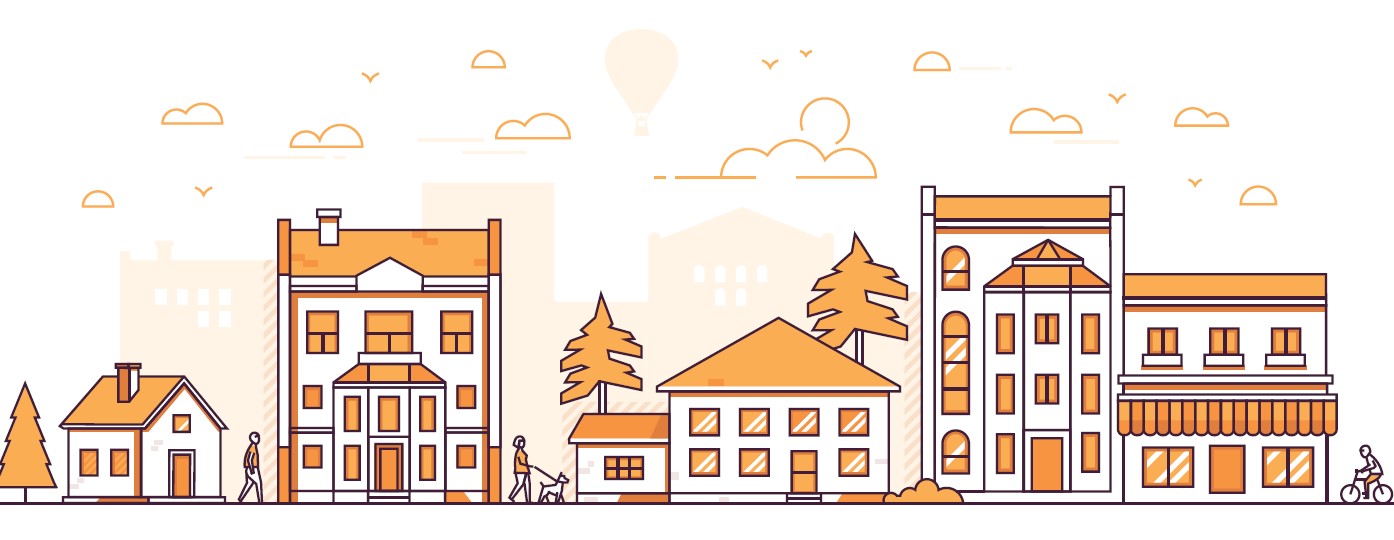The presence of police officers in schools has become increasingly common since the practice was introduced in the 1950s. While law enforcement in schools may deter criminal behavior, it can also have the effect of increasing youth juvenile justice system involvement. Allegheny County Department of Human Services (DHS) wanted to learn more about youth arrests in Pittsburgh, particularly differences related to where an allegation happens — in or out of school — and how the outcomes of students involved with the juvenile justice system differ from those who have not been involved. We also wanted to know more about students’ involvement with human services in order to better understand where there might be gaps in services and supports for students involved with juvenile justice.
To explore these questions, we took a descriptive longitudinal look at students who were registered in Pittsburgh Public Schools (PPS) in school year 2010 and followed them through 2018.
What we found:
- One out of four middle and high school students who attended Pittsburgh Public Schools in the 2010 school year had at least one allegation in juvenile court during the study period. Of those allegations, 37% were made by PPS police.
- Eighty percent of students with allegations were Black, while only 58% of the total student body was Black. The rate of disproportionately was similar for allegations made by school police and those made outside of school.
- Allegations made by PPS police were much more likely to be for lower-level offenses than allegations outside of school, but more than half of students with either type of allegation had involvement with the adult criminal justice system later on.
- Students with an allegation had a higher number of school absences and suspensions throughout their time in school than those with no allegations.
- Students with an allegation were more likely than other students to be involved with the child welfare system, mental health services and live in assisted housing.
In recent years, PPS has put in place programs to divert students from the criminal justice system as well as implement restorative justice practices in schools, which we hope will lead to a reduction in disproportionality and improved outcomes for students.
Click here to view the full report.
















